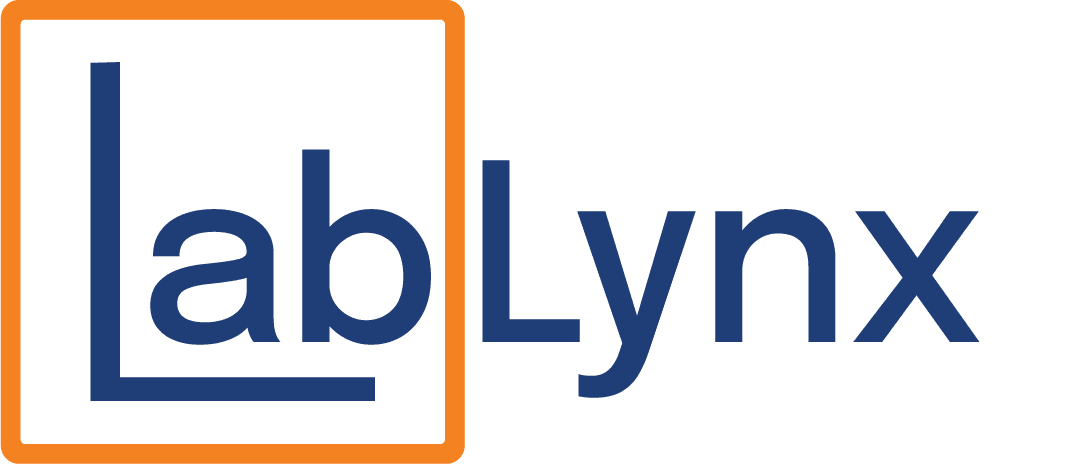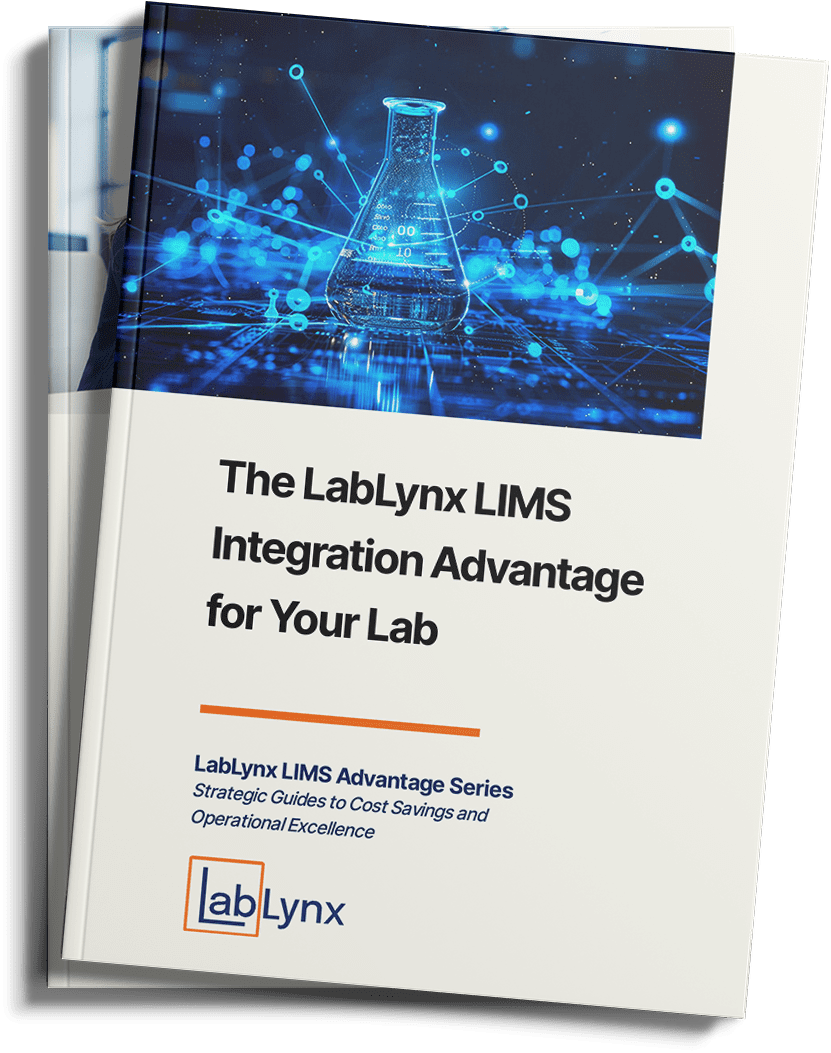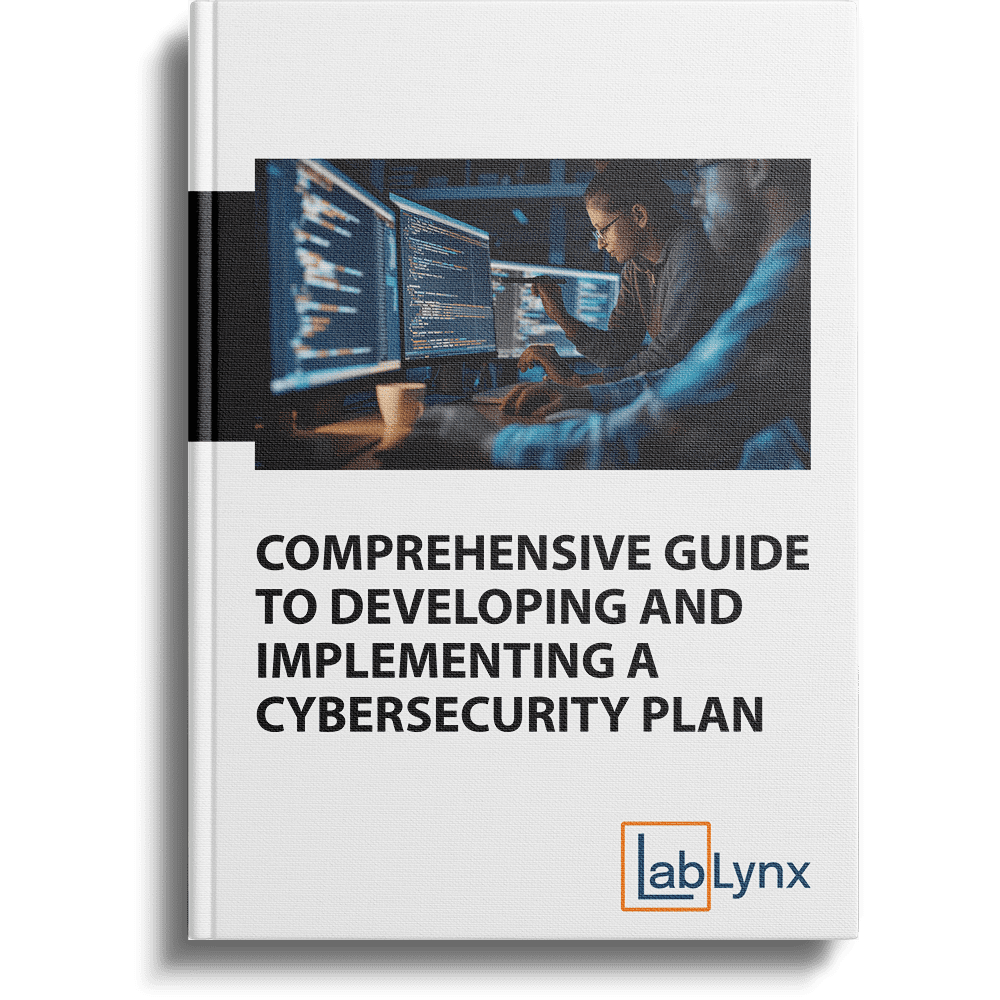When evaluating a laboratory information management system (LIMS) solution, you should consider several key features. Here we choose 20 critical features your modern LIMS should have.
- Sample management: This includes sample tracking, identification, and storage capabilities, including barcoding and RFID integration. Efficient sample management ensures accurate tracking and identification, in turn preventing errors, sample mix-ups, and loss of valuable data.
- Data management: This includes data organization, storage, and retrieval functionalities, allowing for easy access to experimental data, results, and analysis. Robust data management capabilities enable effective organization and storage, facilitating data-driven decision-making and collaboration.
- Workflow automation: Workflow automation streamlines laboratory processes, reduces manual tasks, increases efficiency, and minimizes human errors, ultimately saving time and resources.
- Instrument integration: Seamless integration with laboratory instruments eliminates manual data entry, reduces transcription errors, and enables real-time data capture, enhancing data accuracy and laboratory productivity.
- Quality control: Quality control or QC in a LIMS typically focuses on validation rules and audit trails. Built-in quality control features ensure adherence to regulatory standards and data integrity requirements, promoting compliance, accuracy, and reliability of your laboratory’s results.
- Reporting and analytics: This includes data visualization, trend analysis, and custom report generation. Advanced reporting and analytics capabilities provide insights into laboratory data, trends, and performance, supporting decision-making, process improvement, and regulatory reporting.
- User-friendly interface: An intuitive interface ensures easy navigation, quick adoption, and minimal training requirements, allowing laboratory staff to navigate and interact with the LIMS system from day one.
- Configurability and customization: The flexibility to configure and customize the system to meet the specific needs of your laboratory and workflows ensures that the LIMS aligns with your lab’s unique requirements, increasing efficiency and usability.
- Security and data integrity: This includes security measures such as user access controls, data encryption, and backup and recovery mechanisms. Up-to-date security measures protect sensitive laboratory data, support data integrity, and prevent unauthorized access or tampering, while maintaining confidentiality and compliance with data protection regulations.
- Collaboration and communication: Collaboration tools allow for seamless communication and data sharing among laboratory team members, facilitating teamwork and improving efficiency.
- Regulatory- and standards-based compliance: Compliance with regulatory- and standards-based requirements such as 21 CFR Part 11, ISO/IEC 17025, FDA and EPA rules, HIPAA, or good laboratory practice (GLP) prepares laboratory operations to meet legal and industry standards, mitigating risks and supporting audits.
- Audit trail and version control: Comprehensive audit trails and version control capabilities enable traceability of data changes, facilitate data auditing, support compliance audits, and protect data integrity and accuracy.
- Scalability: Scalability means that the LIMS can accommodate the laboratory’s growing needs, such as increasing data volumes, expanding user accounts, and evolving workflows, allowing for seamless growth and adaptability.
- Mobile accessibility: Mobile accessibility permits remote access to the LIMS, allowing laboratory staff to access critical data, review results, and collaborate on the go, increasing flexibility and productivity.
- Integration capabilities: Your LIMS should support integration with other laboratory systems such as electronic laboratory notebooks (ELNs), enterprise resource planning (ERP) systems, or customer relationship management (CRM) platforms, as well as integration with laboratory instruments. Integration with other systems and instruments eliminates silos and allows for seamless data exchange, enabling efficient information flow, reducing data duplication, and enhancing overall laboratory operations.
- Cloud-based architecture: Cloud-based LIMS solutions offer flexibility, accessibility from anywhere, automatic updates, reduced infrastructure costs, and scalability, contributing to efficient and cost-effective operations.
- Support and training: Comprehensive support and training resources promote successful implementation, ongoing system maintenance, and efficient utilization of the LIMS solution, maximizing its benefits for the laboratory.
- Validation documentation: The availability of validation documentation supports the laboratory’s validation efforts, while also establishing that the LIMS system meets regulatory requirements. This in turn provides confidence in its performance and reliability.
- Vendor reputation: Choosing a reputable, experienced LIMS vendor with excellent customer reviews and reliable support guarantees a smooth implementation process, ongoing assistance, and timely resolution of issues, minimizing disruptions to laboratory operations.
- Cost and licensing model: Consider the pricing structure, licensing options, and total cost of ownership (including implementation, maintenance, and any planned customizations) align with your budget and long-term goals. The lowest price isn’t the best if the LIMS software doesn’t provide your laboratory with the functionality or scalability you need.

Remember that these features may vary depending on your specific laboratory requirements. Therefore, prioritize the elements most critical to your laboratory’s needs and make sure that the LIMS solution aligns with your long-term goals.
When considering the purchase of laboratory software, it is best to involve all relevant stakeholders—including laboratory staff, management, IT, and compliance teams—in the selection process. Gather their input to confirm the chosen LIMS meets everyone’s needs. Determine your budget range for acquiring and implementing a LIMS. Consider the initial costs and ongoing maintenance, support, and potential scalability needs within your financial capabilities.
Finally, request a demonstration of the LIMS solutions you are considering. A visual experience will give you a better understanding of the system’s usability, functionality, and compatibility with your laboratory’s workflows.
LabLynx ELab LIMS is a comprehensive laboratory information management system
LabLynx offers laboratory software solutions serving various industries and laboratory types, including ELab LIMS, our flagship LIMS product. ELab streamlines laboratory operations, enhances data management, and improves overall efficiency.
As a company, LabLynx has established a solid reputation in the laboratory informatics industry and has served hundreds of clients globally. LabLynx’s experience and expertise in developing and implementing laboratory management solutions make them a trusted provider for organizations seeking reliable, fully-supported software solutions.
Contact [email protected] to schedule your initial consultation and demonstration, or visit www.lablynx.com for more information on the industries LabLynx serves and the products and services LabLynx provides.



